The Japanese Type 26 Revolver’s Fatal Flaw
July 19th, 2022
7 minute read
First lieutenant Akira Kojima was terrified. He knew he shouldn’t be, and he had done his best to inspire his men. However, with the cursed American naval guns now silent, he knew what came next. He was about to die. The American Marines had an apparently infinite number of shells, tanks and flamethrowers in support. It promised to be a memorable afternoon.
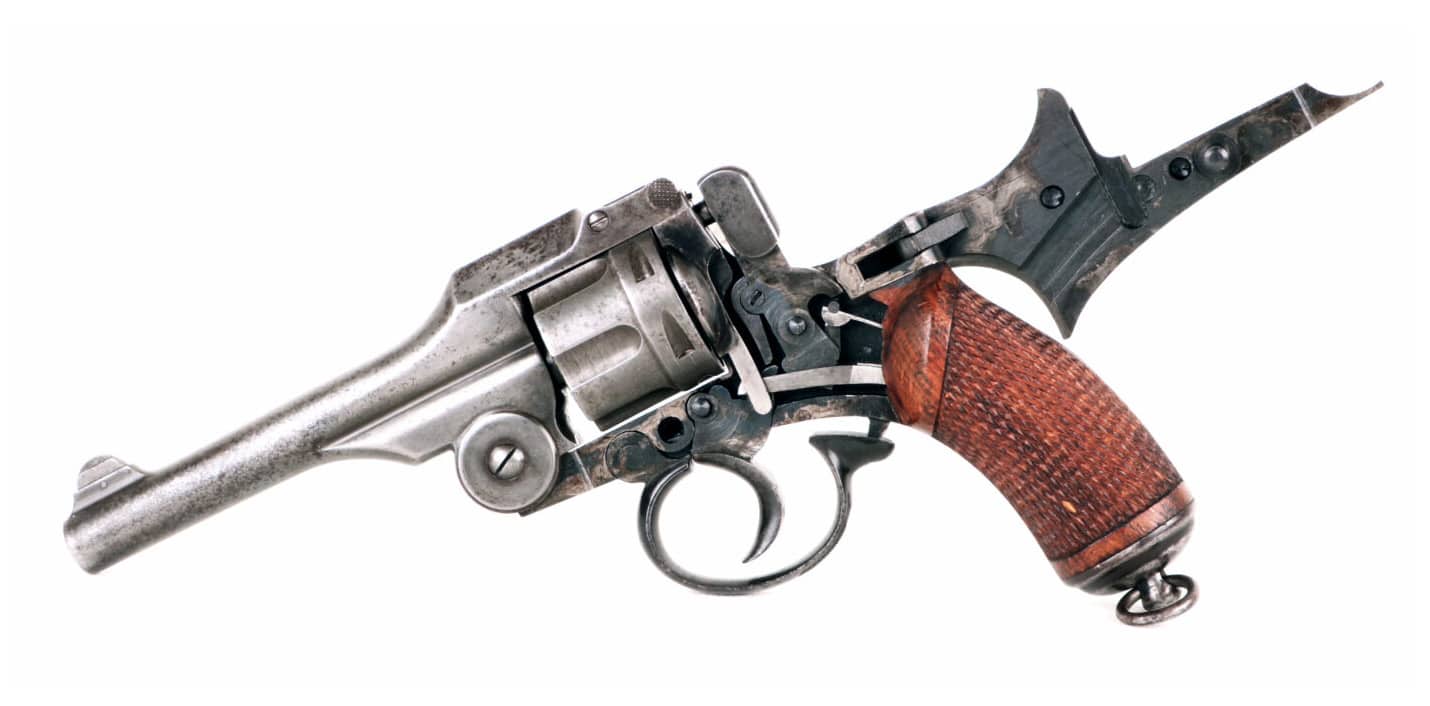
As he crouched behind the wreckage that had previously been his 75mm field gun, Kojima could not help but notice the sickly metallic smell of blood where his gun crew had died manning it. Had Akira not been deeper in the cave coordinating targets when the shell hit, he would be dead, too. Alas, such good fortune had not bought him much time. Now alone, Kojima absentmindedly fingered the beautiful Type 26 revolver in his holster and listened as the sounds of battle grew ever closer.
Akira drew his weapon and suddenly felt very small. He knew on a visceral level that his imminent death would be meaningless, but he had to die nonetheless. Surrender was simply not an option.
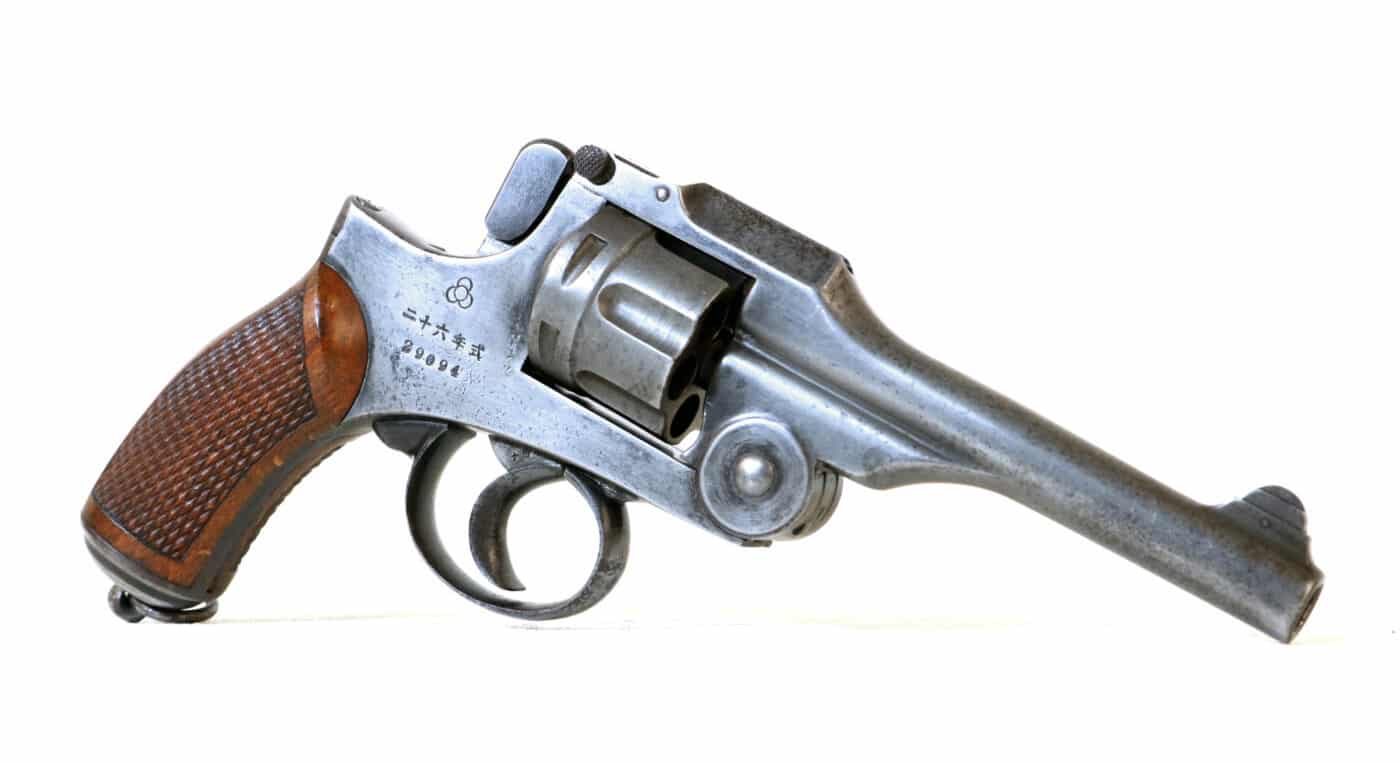
The Marines appeared outside his cave sooner than he had expected. They were moving methodically among the volcanic rock formations. When Akira saw a solid flash of green he presented his revolver and squeezed off three rounds in quick succession. The veritable hurricane of rifle fire that resulted made him duck involuntarily behind the carriage of his mangled gun. It was then that he noticed the grenade.
The blast left him deaf and numb. The gun carriage had absorbed most of the fragments, but Akira’s pistol was gone. He groped about in the darkness and miraculously felt the butt of the revolver in the soft black volcanic sand. In a stuporous daze he raised the gun toward the hulking figure now silhouetted in the mouth of the cave and squeezed the trigger. The tidy little weapon just clicked. In response, the Marine pivoted his BAR and loosed an entire magazine from the hip. Akira Kojima was dead before his brain got the message.
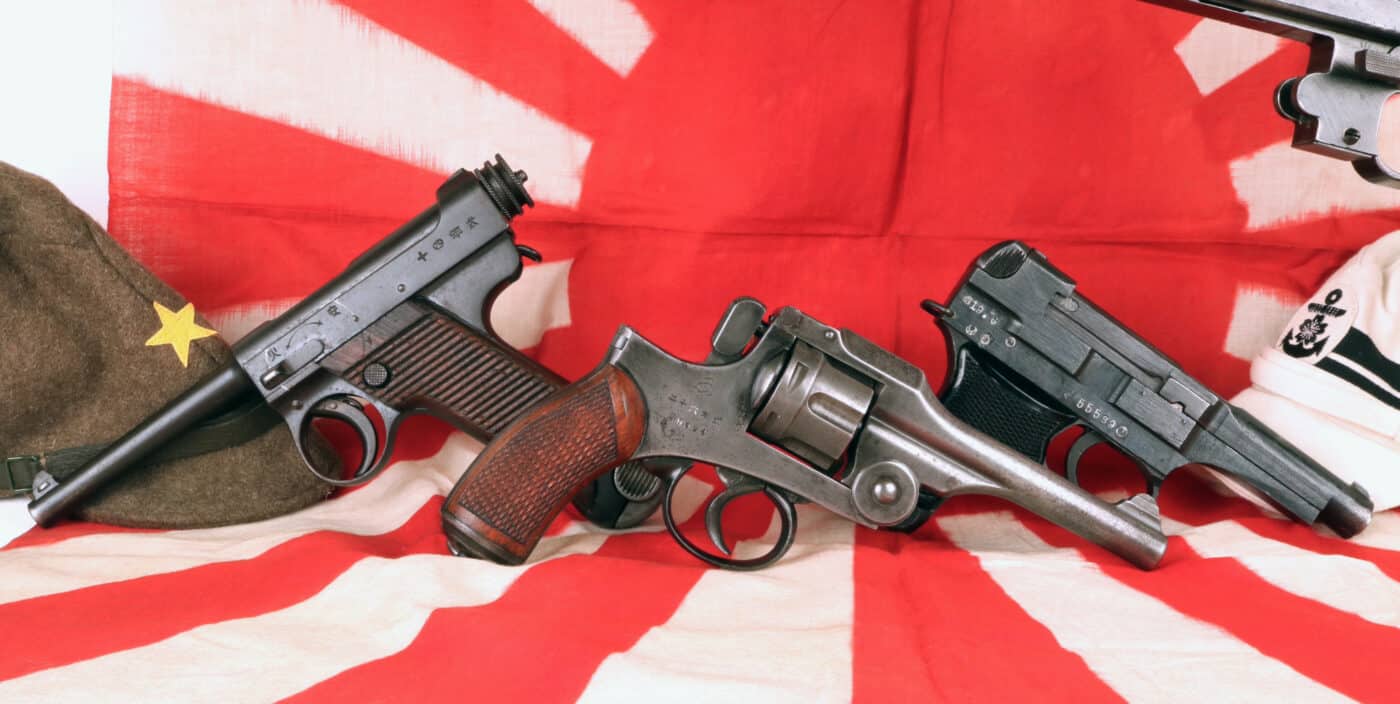
The Marine swapped magazines in his heavy automatic rifle and reached down to fetch Akira’s revolver. He dropped the thing into one of his empty ammunition pouches and returned back outside to rejoin his platoon. Once he had time to clean all of the Iwo Jima out of his new prize, it would make a nice souvenir.
The Big Picture
Kojima was a dead man the moment the first Marines landed on the southeastern coast of Iwo Jima on February 19, 1945. The hard slog across the island had been unimaginably brutal for the jarheads tasked to seize the island from General Kuribayashi’s dug-in Japanese regulars. However, the final result was never really in question. The only aspect of the operation still to be determined was the final butcher’s bill on both sides.
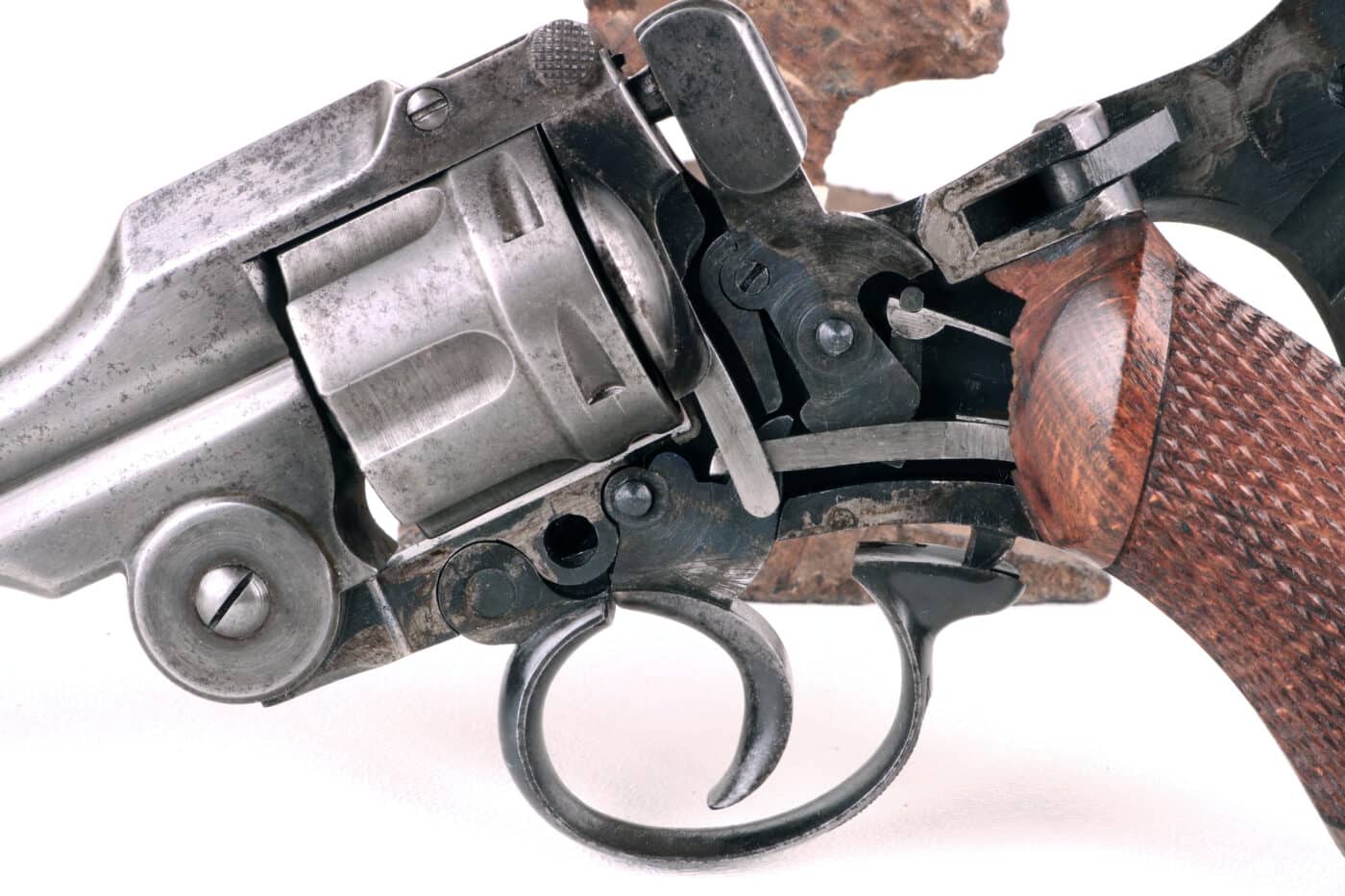
That Kojima died and that nameless Marine BAR man lived was driven by the peculiar eccentricities of Akira’s curiously obsolete handgun. An absolutely gorgeous piece of 19th-century workmanship, the Type 26 was nonetheless irretrievably obsolete by the outset of the war. That Kojima was packing one of these little pistols spoke volumes regarding the dire straits in which the Japanese Empire found itself in 1945.
Type 26 Background
The Type 26 revolver was the first modern handgun adopted by the Imperial Japanese Army. Introduced in 1893, the Type 26 earns its designation due to its position in the Japanese dating system. The 26th year of the reign of the Meiji emperor equates out to 1893.
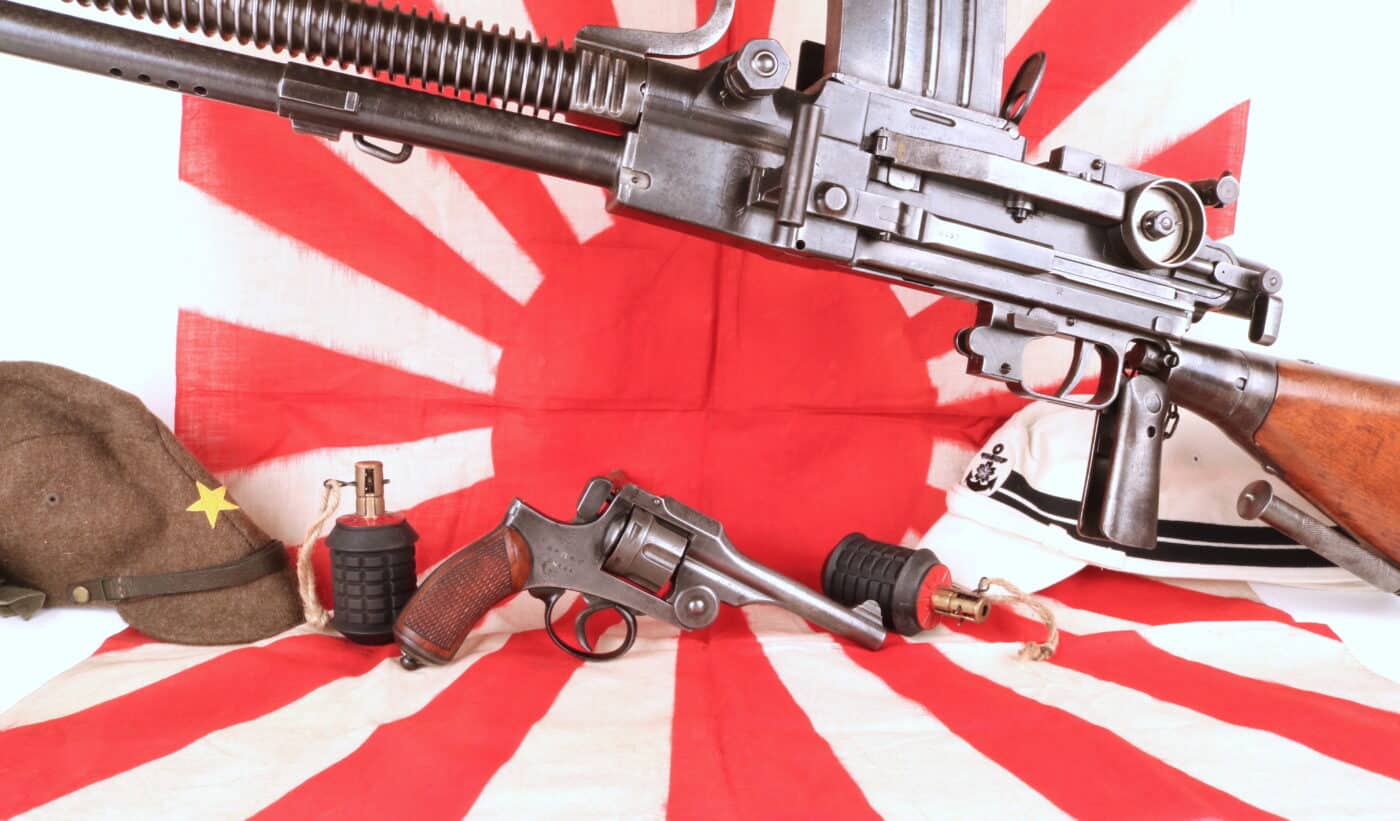
At the time of its introduction, the Type 26 was extraordinarily advanced. A mere 40 years prior the most common handgun in Japanese service was a matchlock. Up until 1900, the Type 26 in Japanese service fired blackpowder cartridges. After 1900, smokeless powder took its place.
The 9x22mmR Japanese revolver cartridge that the Type 26 fired was fairly unique. Nothing else to my knowledge ever ran it. The 9x22mmR is a rimmed round similar to the American .38 S&W, though the two cartridges are not interchangeable.
Japanese 9x22mmR ammo is essentially unobtainable these days. This strange cartridge has an exceptionally thin rim. Handloaders must turn down .38 S&W brass to thin the rim sufficiently for use in this gun. The 9x22mmR cartridge pushes a 150-gr. lead round nose bullet to a bit less than 500 feet per second. That’s pretty pathetic.
Production of the Type 26 continued until the Koishikawa Arsenal was obliterated in the 1923 Great Kanto earthquake. Roughly 59,900 copies were produced over five different production runs. The Type 26 was still in active service up until the very end of World War II.
Japanese Revolver Details
The Japanese referred to the gun as “hammerless” despite its obvious exposed hammer. We would call it a DAO (double-action only) design today. There was no provision for single-action function.
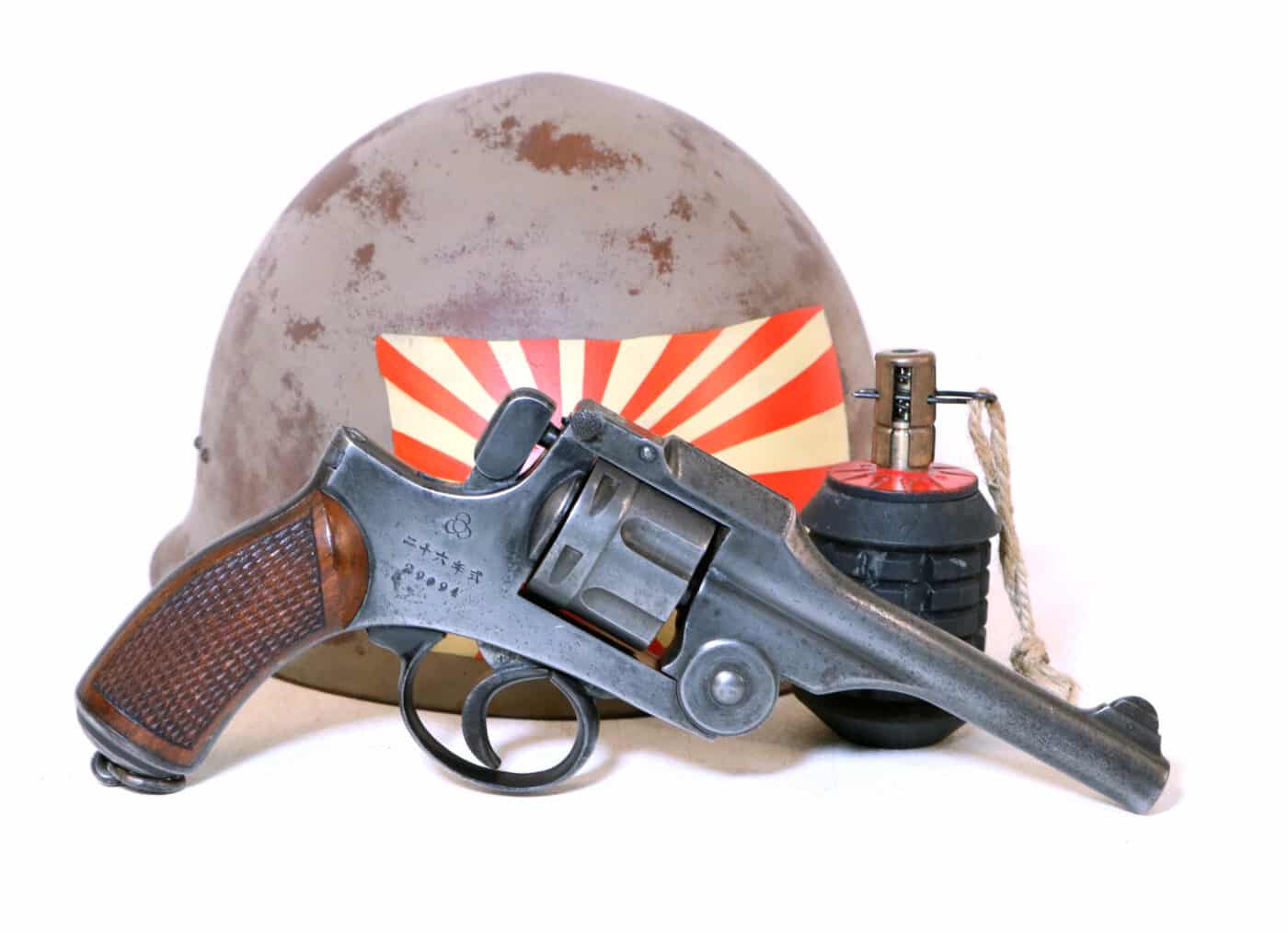
The Type 26 was extraordinarily well-made and quite rugged. The break-open action allowed quick removal of empties and relatively rapid reloading. The double action trigger was smooth and clean though terribly heavy and long.
A mechanically fascinating design, the Type 26 was a great example of the gunmaker’s art in the days before truly widespread industrialization. One of the most fascinating aspects of the mechanism was the way the lockplate pivoted open on the left side to allow easy access to the gun’s entrails. I cannot fathom any real practical application for this feature, as I have never had a part fail on a modern revolver. However, it is undeniably cool.
Mechanics
The Type 26 revolver is a break-open design not unlike the British Webley. The operator lifts up on the knurled latch just behind the rear sight to tip the barrel downward. The gun’s star-shaped ejector automatically removes empty casings. The mechanism seems nigh indestructible.
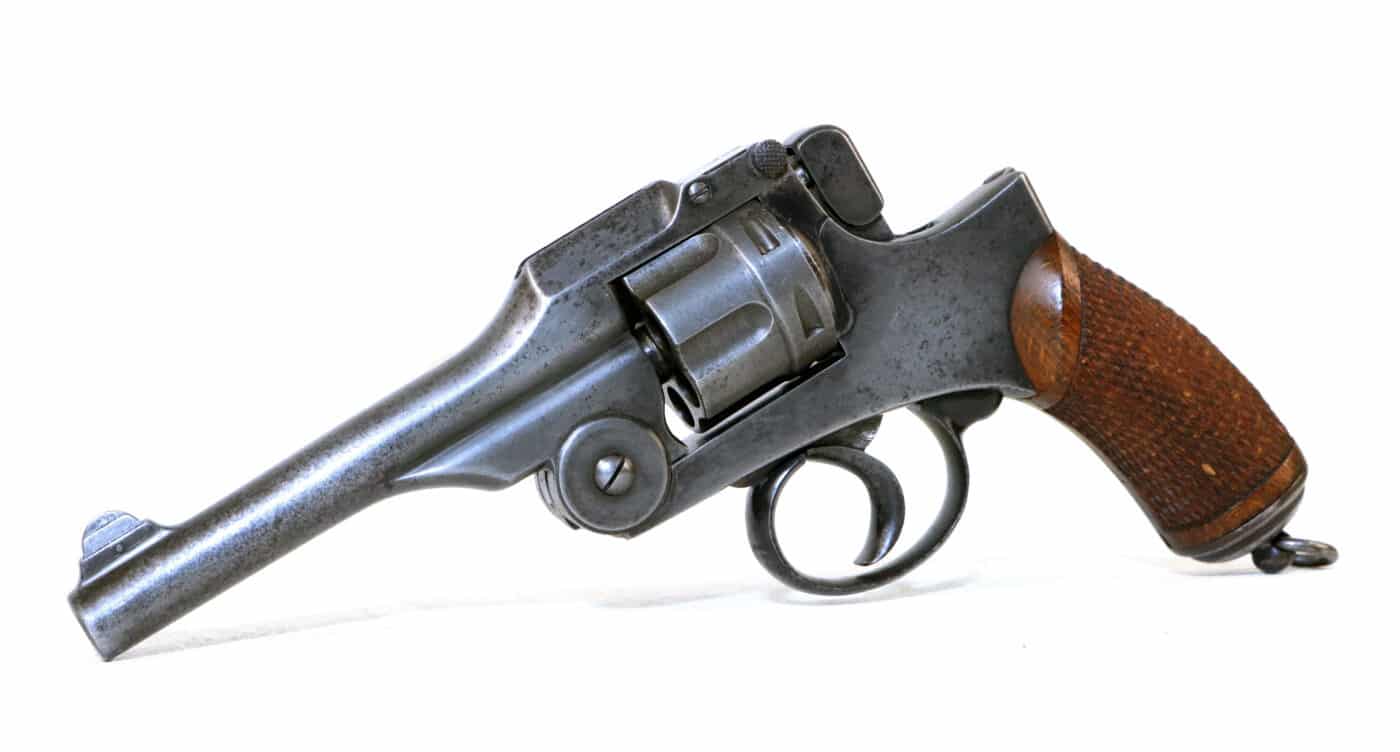
The hammer sports a massive beak-shaped fixed firing pin, a large bob on its top and no spur. The grips on my example are nicely checkered, though I have seen some that are simply ribbed. They are formed from some sort of dark, relatively soft wood.
The Type 26’s Achilles Heel
If we stopped there, the Type 26 would have been an unremarkable but serviceable combat handgun characteristic of its era. However, the Type 26 had one irredeemably fatal flaw. When at rest, the cylinder of the Type 26 just spun freely.
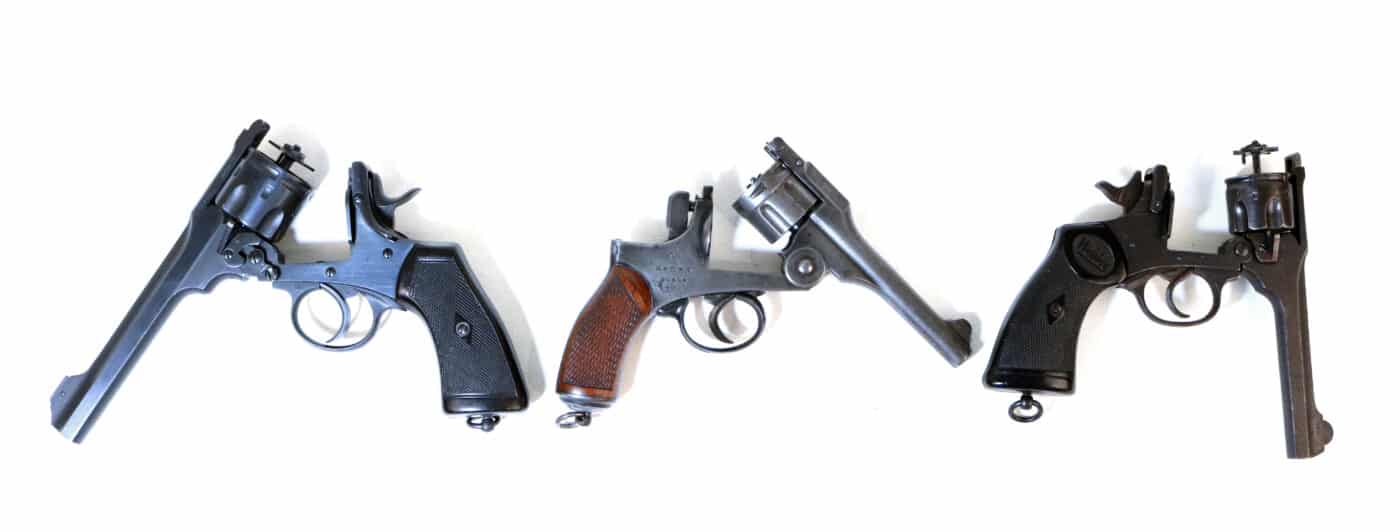
As a result, there was no way to keep the cylinder indexed once you started shooting. After you fire a round or two if you bump the cylinder it is then simply the vagaries of fate that determine whether or not there is a live round awaiting the hammer. This fact alone made the Type 26 dangerously unreliable in combat.
Ruminations
At the end of the day, none of this mattered. Arguably, wars are won with trucks more than firearms. The capacity to manage logistics is typically way more important than pistols. The Type 26, like most combat handguns, was really little more than a talisman or badge of rank.
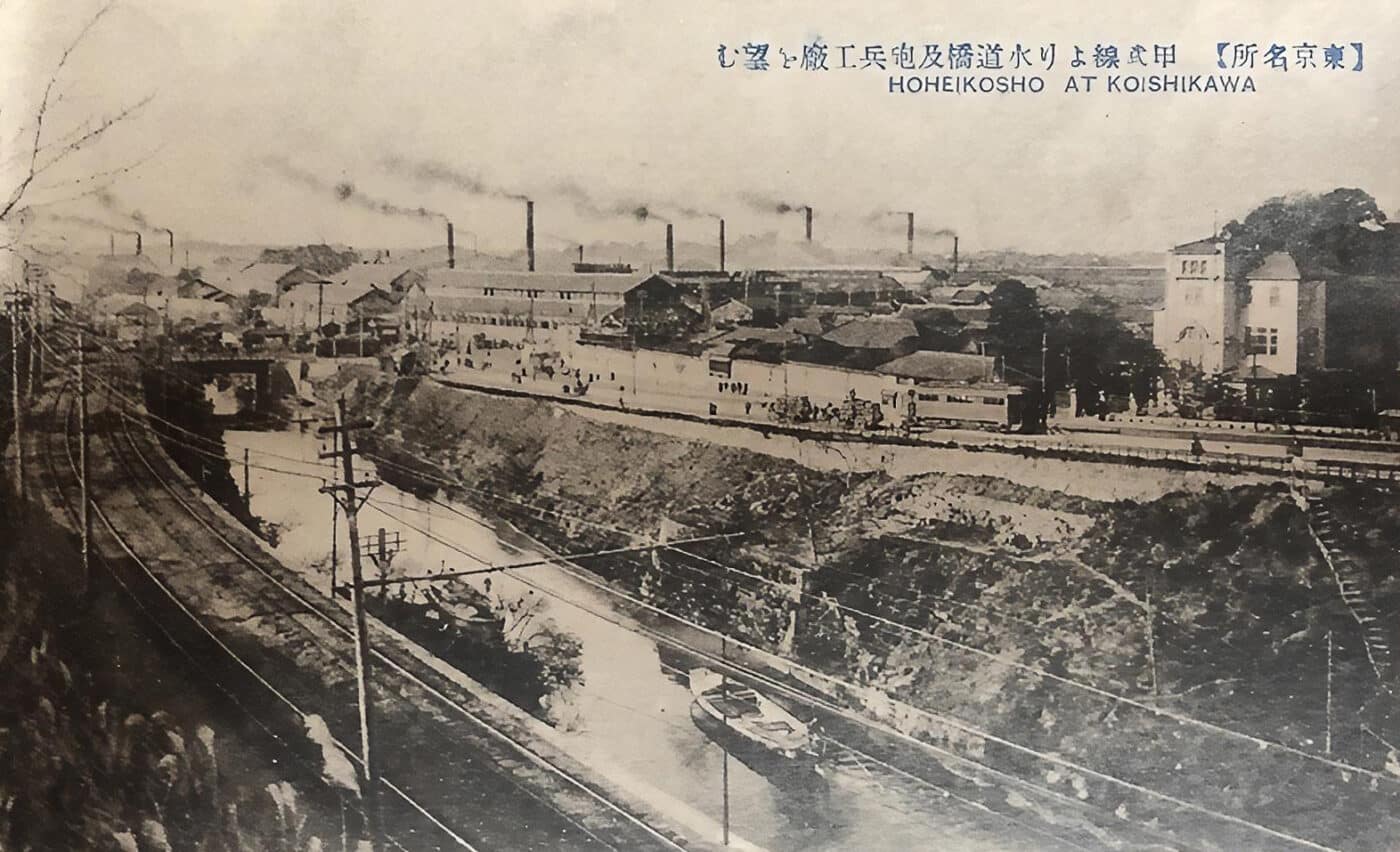
Japan’s war was lost when the first bomb dropped on Pearl Harbor. It just took quite a lot of chaos, pain and mayhem to work out the details. The Type 26 revolver was a relic of Japan’s unfortunate self-inflicted immersion into total war.
Despite its practical shortcomings, the Type 26 is a refined piece of machinery that adds flavor to any properly seasoned WWII martial firearm collection. To heft an example is to appreciate the elegance and artistry that went into its manufacture. It is a throwback to a most fascinating era.
Special thanks to WorldWarSupply.com for the cool reproduction military equipment employed in this article.
Editor’s Note: Be sure to check out The Armory Life Forum, where you can comment about our daily articles, as well as just talk guns and gear. Click the “Go To Forum Thread” link below to jump in!
Join the Discussion
Featured in this article
Continue Reading
Did you enjoy this article?

 211
211







